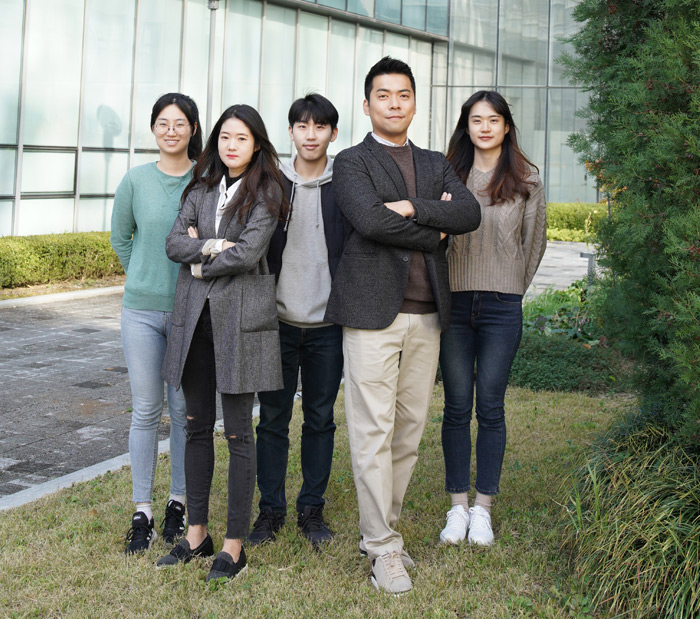Research Stories
Prof. Chun Gwon Park (GBME) develops treatment for severe coronavirus infection-19 and sepsis using nanotechnology
The research team discovered a biomarker that can determine the severity of COVID-19 and sepsis patient, and developed a nanomaterial-based general-purpose therapeutic candidate using the found biomarker.
Biomedical Engineering
Prof.
PARK, CHUN GWON
A research team led by Prof. Chun Gwon Park (Department of Biomedical Engineering at Sungkyunkwan University), together with the research teams of Dr. Wonhwa Lee (Korea Research Institute of Biomedical Engineering), Prof. Jun hong Ahn (Yeongnam University Hospital), Prof. Hee ho Park (Kangwon University), and Prof. Woo ram Park (Catholic University) discovered a biomarker that can determine the severity of COVID19 and sepsis patient, and developed a nanomaterial-based general-purpose therapeutic candidate using the found biomarker.
In 2020, the global COVID19 epidemic including Korea has caused more than 32 million infections and over 1 million deaths to date. Corona 19 infection causes an over-inflammatory reaction, leading to local and systemic tissue damage, as well as complications such as severe progressive pneumonia, acute respiratory syndrome and sepsis in mild respiratory diseases. Currently, there is no vaccine or clear treatment against the coronavirus, and there is no biomarker to predict patients who are seriously deteriorating or dying by severe diseases.
Prof. Park and his colleagues found that NETosis - a process in which cells are killed due to an over-inflammatory reaction caused by abnormally activated neutrophils and causes several complications such as sepsis - related factors in the blood of patients with severe coronavirus was expressed significantly higher than those of normal and mild COVID-19 patients. It was confirmed that the concentration of DNase-I in the body that can inhibit NETosis was very low. Prof. Park’s research team focused on the excellent biocompatibility and adhesion properties of 'melanin', the main component of squid ink, and produced nanoparticles that can circulate in the blood for a long time. The biomolecule DNase-I that degraded DNA, the main component of NETosis, was coated on the surface of melanin nanoparticles to inhibit NETosis and to produce biocompatible melanin nanoparticles coated with DNase-I, which can exert therapeutic effects for a long time.
Prof. Park’s research team confirmed that DNase-I-coated biocompatible melanin nanoparticles maintained their drug efficacy for a long time in the blood. Administration of DNase-I-coated biocompatible melanin nanoparticles in blood samples of severe coronavirus patients and sepsis animal models showed a meaningful difference compared to the administration of DNase-I alone, and it was confirmed that by suppressing NETosis, the hyperinflammatory response was lowered to alleviate systemic inflammation and lower mortality. Through this, the biocompatible melanin nanoparticles coated with DNase-I can help prevent the progression of acute respiratory syndrome, pneumonia, and sepsis by inhibiting NETosis in severe coronavirus patients, and can have a great effect on coronavirus treatment.
Prof. Park’s research team revealed that it is a future plan to develop and apply the developed DNase-I-coated biocompatible melanin nano-therapeutic drug into a new nanoparticle-based drug that can potentially treat the symptoms of coronavirus infection.
Published article:
Park, H. H., Park, W., Lee, Y. Y., Kim, H., Seo, H. S., Choi, D. W., Kwon, H.-K., Na, D. H., Kim, T.-H., Choy, Y. B., Ahn, J. H.,* Lee, W.,* Park, C. G.*, Bioinspired DNase-I-coated melanin-like nanospheres for modulation of infection-associated NETosis dysregulation, Advanced Science, accepted, 2020
[Image] Diagram of bio-applied and melanin nanoparticles coated with DNase-I production


